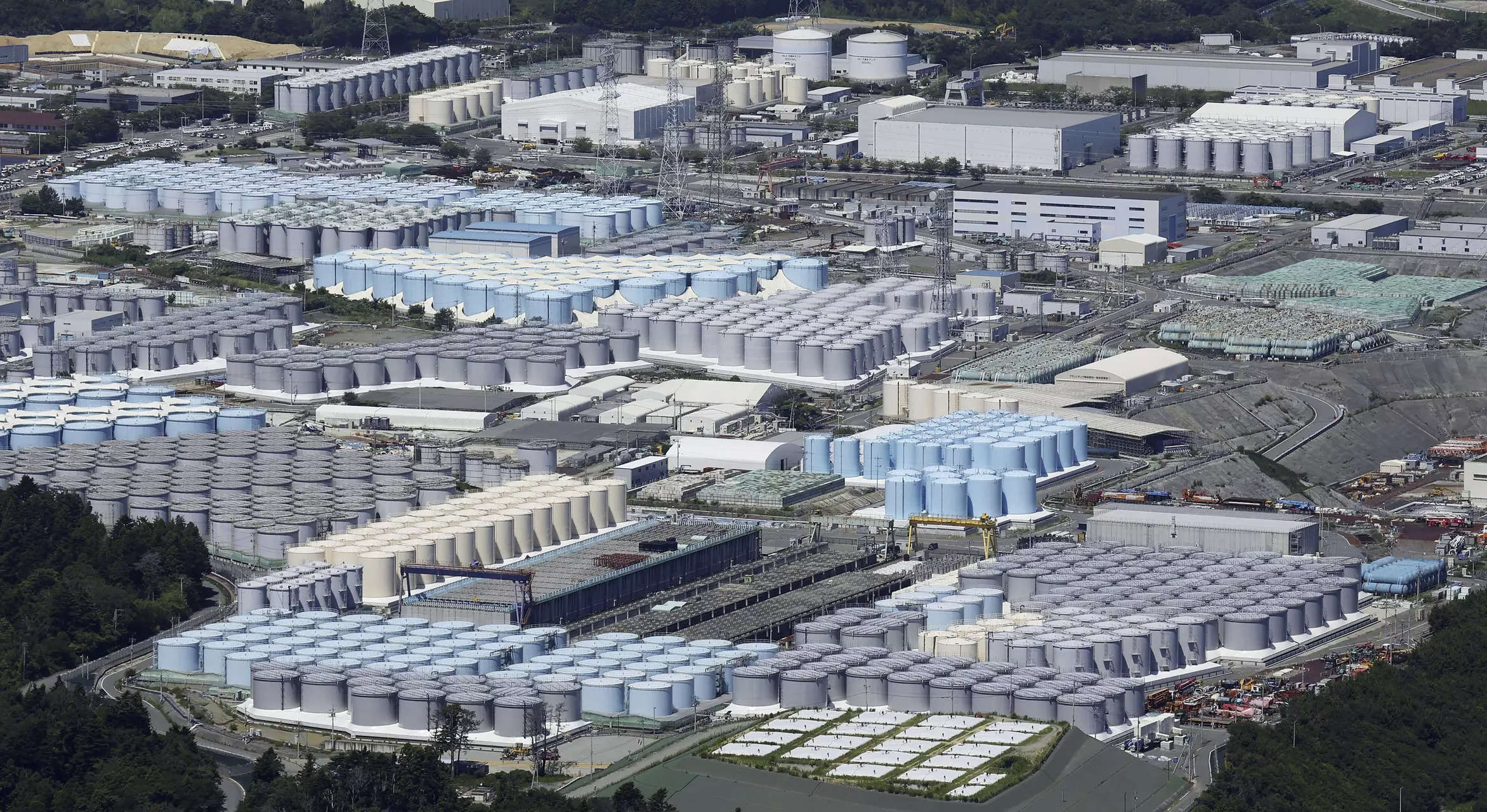
A worker at Japan‘s Fukushima nuclear plant has been found to have elevated radiation levels in his nasal area, highlighting the ongoing risks associated with the cleanup efforts at the facility crippled in 2011.
According to operator Tokyo Electric Power (TEPCO), on Monday, it is possible that radioactive materials came into contact with the worker’s face as he removed a full-face mask upon completing his task.
As of Thursday, the employee has not exhibited any adverse health effects, and a comprehensive body scan revealed no internal contamination. TEPCO stated that a detailed analysis will be available next month.
This incident follows a similar occurrence three months ago when four workers were exposed to water containing radioactive materials in October. Two of them were hospitalized as a precaution.
The Fukushima nuclear power facility suffered extensive damage from a massive earthquake and tsunami in 2011, resulting in one of the most significant nuclear disasters in history, claiming 18,000 lives. The ongoing cleanup operation is expected to span decades, with the most hazardous phase—removing radioactive fuel and debris from three severely affected reactors—yet to commence.
In August, Japan initiated the release of treated wastewater, equivalent to 540 Olympic swimming pools, into the Pacific. While Tokyo asserts the water’s harmlessness, a stance supported by the UN atomic watchdog, both China and Russia have imposed bans on Japanese seafood imports.
According to operator Tokyo Electric Power (TEPCO), on Monday, it is possible that radioactive materials came into contact with the worker’s face as he removed a full-face mask upon completing his task.
As of Thursday, the employee has not exhibited any adverse health effects, and a comprehensive body scan revealed no internal contamination. TEPCO stated that a detailed analysis will be available next month.
This incident follows a similar occurrence three months ago when four workers were exposed to water containing radioactive materials in October. Two of them were hospitalized as a precaution.
The Fukushima nuclear power facility suffered extensive damage from a massive earthquake and tsunami in 2011, resulting in one of the most significant nuclear disasters in history, claiming 18,000 lives. The ongoing cleanup operation is expected to span decades, with the most hazardous phase—removing radioactive fuel and debris from three severely affected reactors—yet to commence.
In August, Japan initiated the release of treated wastewater, equivalent to 540 Olympic swimming pools, into the Pacific. While Tokyo asserts the water’s harmlessness, a stance supported by the UN atomic watchdog, both China and Russia have imposed bans on Japanese seafood imports.
